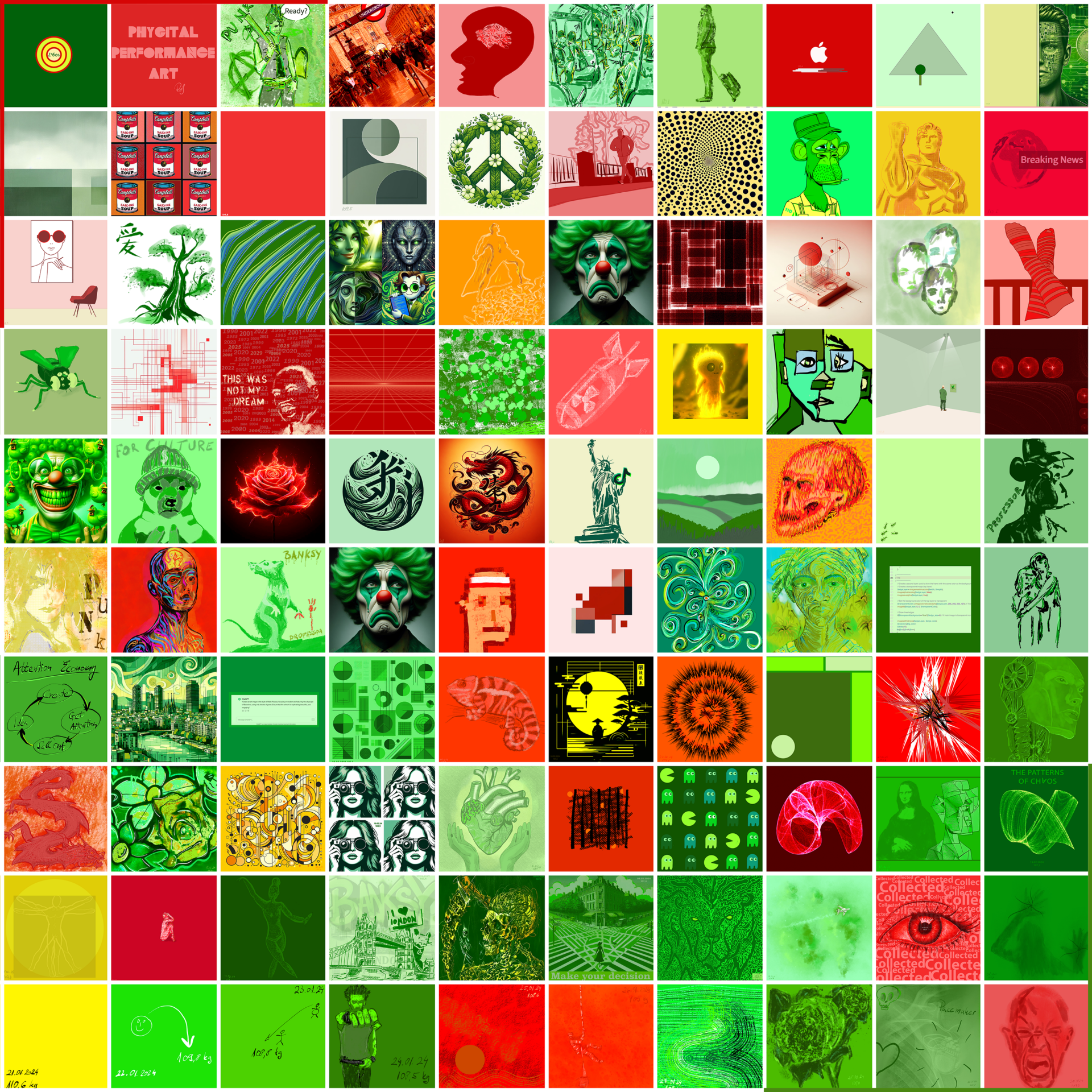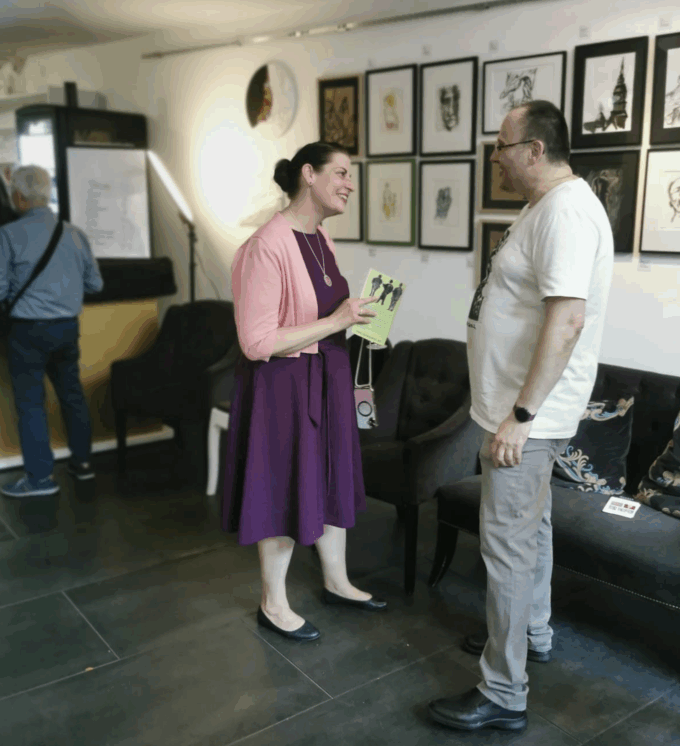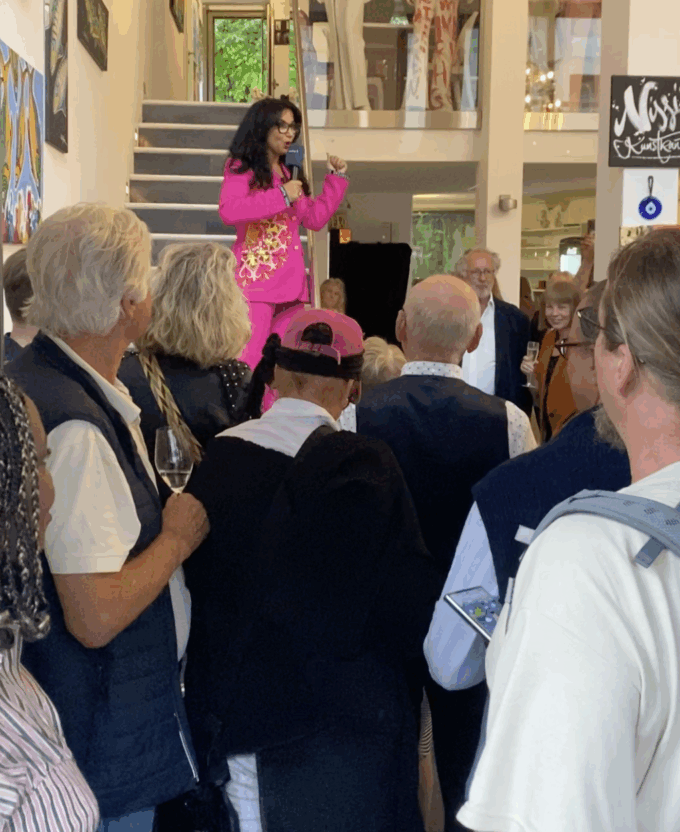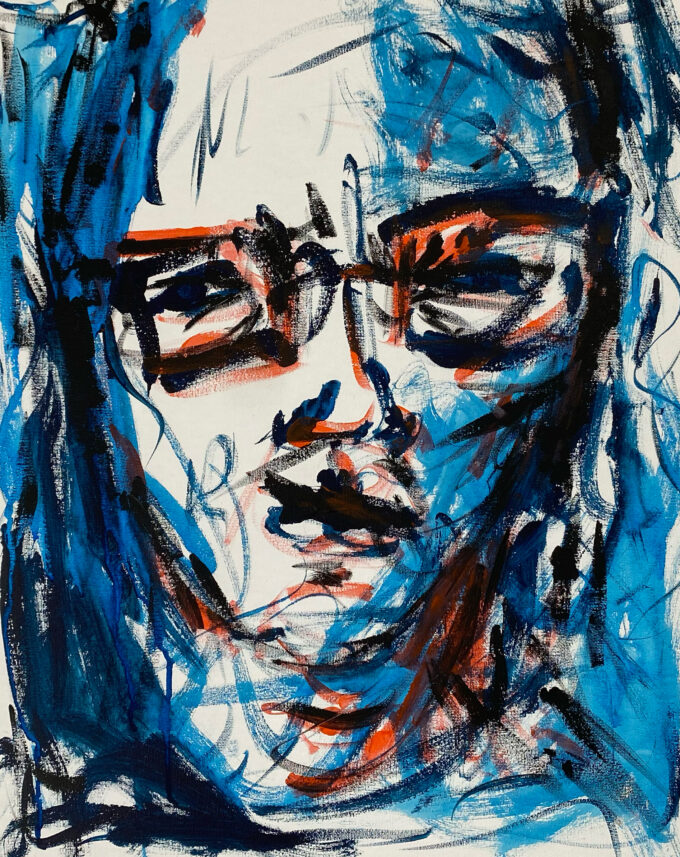The narrative behind this project is intertwined with my life’s journey.
It all began two years ago when I was diagnosed with congestive heart failure.
Statistics suggest that 50% of individuals with this condition do not survive beyond 5 years — a sobering reality that led me to contemplate life and mortality deeply.

As an artist, this introspection ignited a surge of creativity, prompting me to create more passionately than ever before. I finally embraced my identity as an artist, sharing my work with the world.
But there was always something missing.
I wanted to create something I could leave to my children and their children and their children.
I realized that I am not Picasso, meaning that whatever I create would likely hold personal value primarily for my closest family.
I also understood that this personal value would diminish over time as memories of me fade away.
Then, while watching a YouTube video discussing the value of art, I learned about several important factors that contribute to its significance, including “historical relevance.”
Realizing that historical relevance was what my work lacked, I questioned whether it was truly impossible to start something like Cubism without being Picasso.
A few months later, during a visit to Tate Modern in London, I read a description of an artwork that mentioned the artist presenting multiple dimensions of our psyche, akin to how Picasso depicted various perspectives of the physical world in Cubism.
This insight helped me understand Picasso’s motivation for creating Cubism. He identified the challenge of representing multiple perspectives simultaneously within a single image and devised a groundbreaking solution — Cubism. This innovative approach mirrors the problem-solving process often seen in successful businesses.
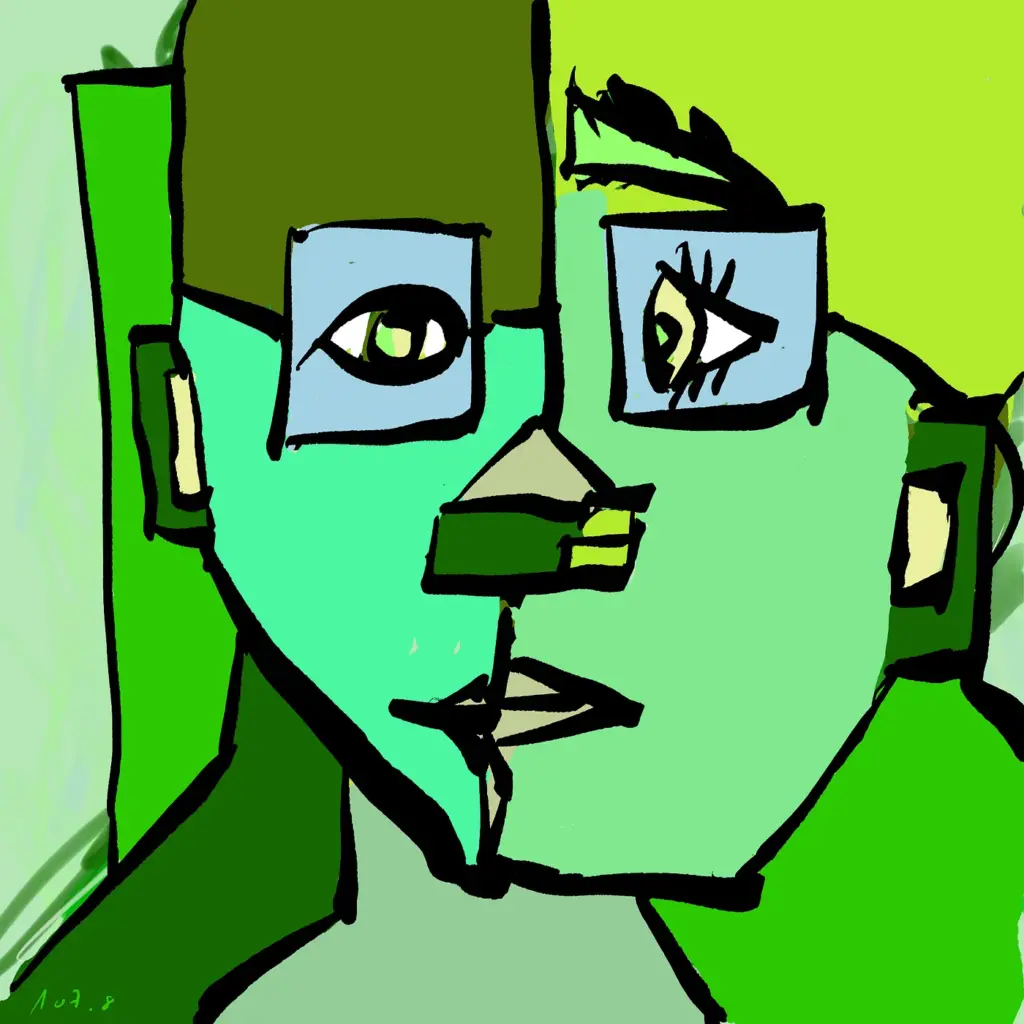
This realization dawned on me: to achieve historical relevance in art, one must address existing challenges creatively.
During my next visit to MoMA in New York, I encountered a book about Marina Abramovic, a remarkable performance artist from Serbia.
Around the same time, discussions about the work of Refik Anadol were widespread. Refik Anadol’s groundbreaking approach, involving the generation and collection of vast datasets for innovative media and large-scale installations, exemplifies perfect digital art.
These encounters led me to recognize a crucial gap between pure digital performance art and traditional physical performance art. There seemed to be a missing definition — an intermediary form of art that integrates elements of both digital and physical worlds.
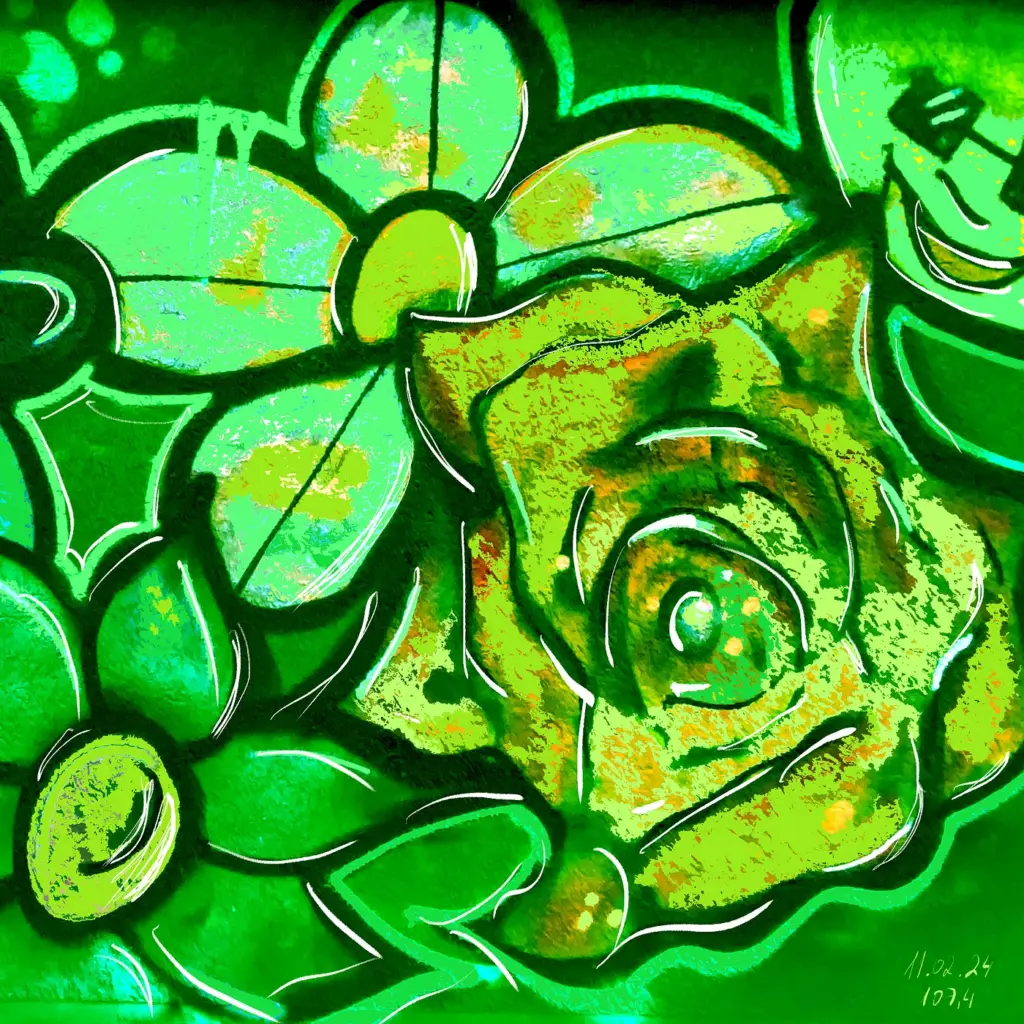
Pure digital art relies on data and digital tools to create entirely digital outputs, even when performed in real-time settings like the Metaverse. It exists purely within the digital realm, making its statements within that context.
On the other hand, when an artist performs in the physical world to convey a message, it’s considered traditional performance art.
However, as we navigate an increasingly digital future in art, there’s a need for an intermediary step — a form of performance art that bridges the gap between digital and physical realities, creating statements that resonate across both realms simultaneously.
This realization gave birth to the concept of Phygital Performance Art.
In that moment, I realized I had identified the problem, discovered the solution, and recognized the historical significance. I had unearthed something that could serve as my legacy long after I’m gone.
With my creativity in overdrive, fueled by the changes in my life, conceptualizing the first project to exemplify Phygital Performance Art was a natural next step. Thus, “The Art of Losing Weight” project was born.
Through my physical performance aimed at losing weight and facing daily challenges, I translate my progress into digital art: yellow represents no change, red signifies weight gain, and green reflects weight loss. After 100 days, these art pieces combine to form a mosaic, revealing a complete and unpredictable artwork.
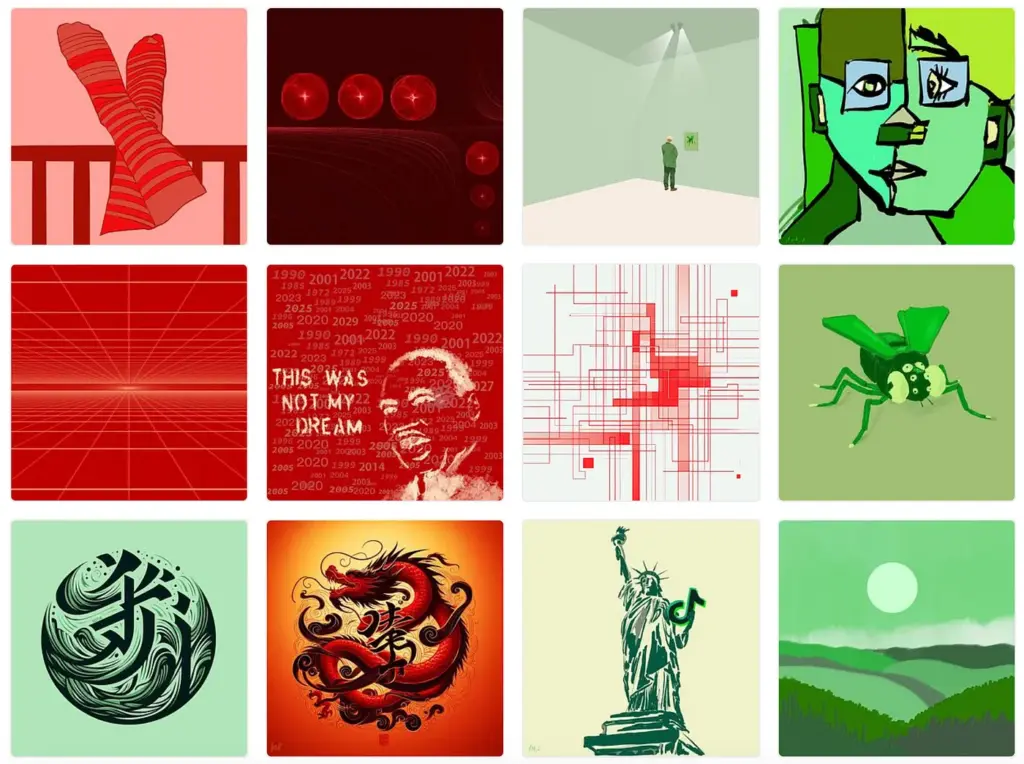
This performance in the physical world triggers reactions in the digital realm, conveying my message: everyone grapples with daily struggles — from financial and health issues to mental health and relationship challenges. Each day is like a puzzle piece contributing to life’s grand artwork. Together, these pieces form the image of life, an unpredictable masterpiece unfolding until the end.
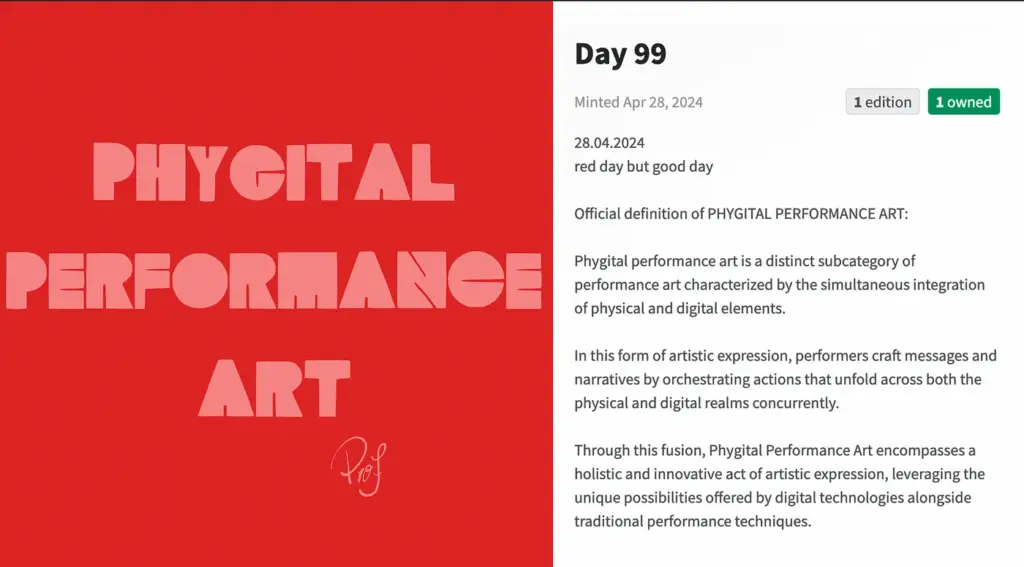
The definition of Phygital Performance Art is my legacy, passed down through future generations.
Written on the blockchain, it endures for eternity.
P.S. Simultaneously, the project introduces an innovative method to record personal emotions,thoughts and historical events in a unique manner. In addition to daily vlogs, art logs could become a significant means of documenting our lives and the events around us performed by an artis. They have the potential to evolve into the next historically relevant movement 🙂
